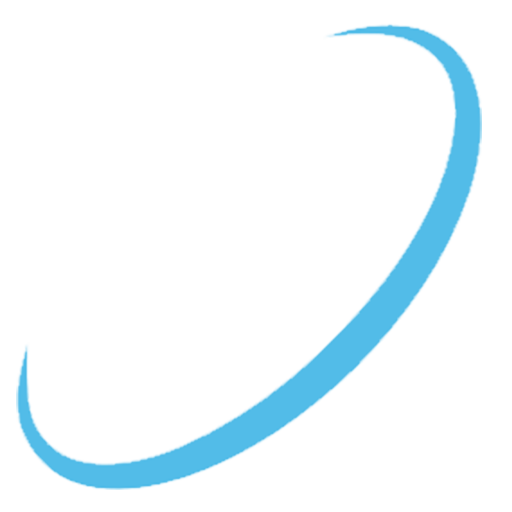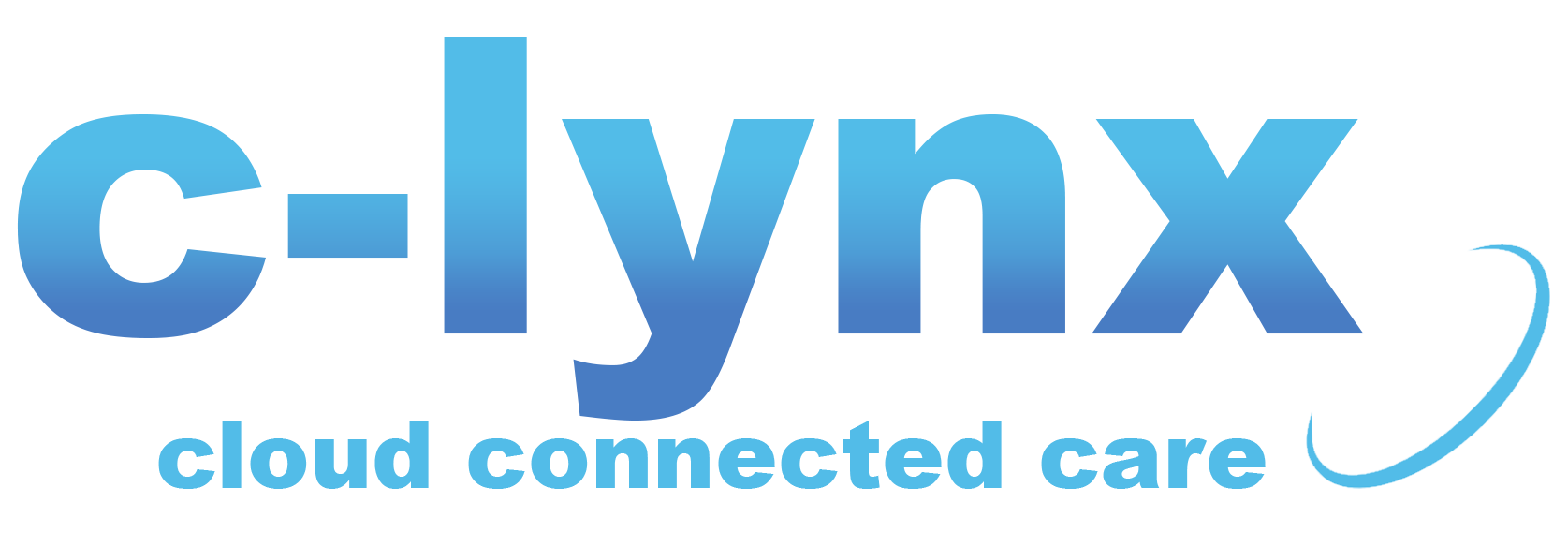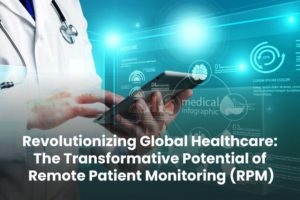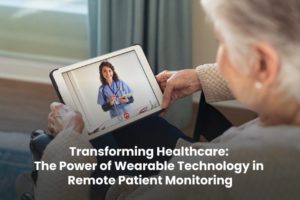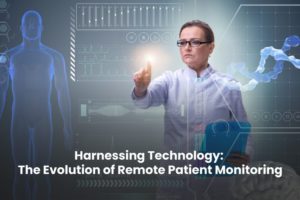How RPM and CCM Integration Empowers Chronic Disease Patients
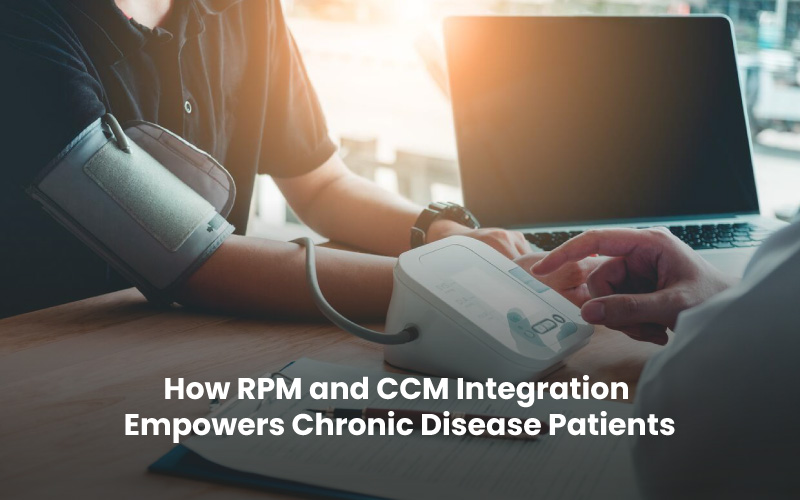
In the ever-evolving landscape of healthcare, the integration of Remote Patient Monitoring (RPM) and Chronic Care Management (CCM) has emerged as a game-changer for chronic disease patients. This powerful combination of technology and comprehensive care coordination is revolutionizing the way chronic conditions are managed, empowering patients to take control of their health like never before. In this blog post, we will explore how the integration of RPM and CCM empowers chronic disease patients, improves their outcomes, and enhances their overall quality of life.
Enhanced Patient Engagement:
By integrating Remote Patient Monitoring and Chronic care management, healthcare providers can actively engage patients in their own care journey. RPM enables patients to monitor their vital signs, symptoms, and medication adherence from the comfort of their homes. With continuous remote monitoring, patients feel more connected to their healthcare providers, fostering a sense of empowerment and active participation in their treatment plan.
Timely Intervention and Proactive Care:
Remote Patient Monitoring and Chronic Care Management integration facilitates early identification of potential health issues. Real-time data collected through RPM devices allows healthcare providers to detect any alarming trends or deviations from the patient’s baseline. This proactive approach enables timely interventions, preventing complications and reducing the risk of hospitalization. Patients benefit from personalized care plans, tailored to their specific needs, ensuring optimal management of their chronic condition.
Improved Medication Adherence:
One of the critical challenges in chronic disease management is medication adherence. Remote Patient Monitoring and Chronic care management integration addresses this issue by providing reminders, educational materials, and regular follow-ups. Through telehealth visits and virtual consultations, healthcare providers can ensure that patients understand their prescribed medications, potential side effects, and the importance of sticking to their treatment regimen. Improved medication adherence leads to better disease control and reduces the risk of disease progression.
Empowering Self-Management:
Remote Patient Monitoring and Chronic care management integration empowers chronic disease patients to actively participate in their self-management. With access to real-time health data, patients gain insights into their progress and can make informed decisions regarding lifestyle modifications, diet, exercise, and self-care practices. This increased awareness and self-efficacy foster a sense of empowerment, enabling patients to take ownership of their health and make positive changes to improve their well-being.
Personalized Care Plans:
The integration of Remote Patient Monitoring and Chronic Care Management allows healthcare providers to create personalized care plans based on individual patient needs. By analyzing data collected through RPM devices, providers gain a comprehensive understanding of the patient’s health status and can tailor interventions accordingly. This patient-centric approach ensures that care plans are optimized, resulting in improved outcomes and a higher quality of life for chronic disease patients.
Conclusion:
The integration of Remote Patient Monitoring (RPM) and Chronic Care Management (CCM) is revolutionizing the way chronic diseases are managed. By empowering patients with access to real-time health data, fostering engagement, enabling timely interventions, and facilitating personalized care plans, RPM and CCM integration are improving outcomes and enhancing the overall well-being of chronic disease patients. As this transformative approach continues to evolve, it has the potential to reshape the future of chronic disease management, offering patients a greater sense of control and improved quality of life.
